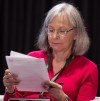Killing, violence toward Indigenous women, girls ‘not a relic of our past’: PM
Advertisement
Read this article for free:
or
Already have an account? Log in here »
To continue reading, please subscribe:
Monthly Digital Subscription
$0 for the first 4 weeks*
- Enjoy unlimited reading on winnipegfreepress.com
- Read the E-Edition, our digital replica newspaper
- Access News Break, our award-winning app
- Play interactive puzzles
*No charge for 4 weeks then price increases to the regular rate of $19.00 plus GST every four weeks. Offer available to new and qualified returning subscribers only. Cancel any time.
Monthly Digital Subscription
$4.75/week*
- Enjoy unlimited reading on winnipegfreepress.com
- Read the E-Edition, our digital replica newspaper
- Access News Break, our award-winning app
- Play interactive puzzles
*Billed as $19 plus GST every four weeks. Cancel any time.
To continue reading, please subscribe:
Add Free Press access to your Brandon Sun subscription for only an additional
$1 for the first 4 weeks*
*Your next subscription payment will increase by $1.00 and you will be charged $16.99 plus GST for four weeks. After four weeks, your payment will increase to $23.99 plus GST every four weeks.
Read unlimited articles for free today:
or
Already have an account? Log in here »
Hey there, time traveller!
This article was published 03/06/2019 (2385 days ago), so information in it may no longer be current.
GATINEAU, Que. – Geraldine Gauthier clutched a picture of her sister, Lynn, as she heard from the federally funded commission tasked with documenting the causes of violence against Indigenous women and girls.
Lynn was murdered 19 years ago. For Gauthier, the day was emotional and brought back many memories. But it was also filled with a touch of optimism now that 231 recommendations from the inquiry into missing and murdered Indigenous women and girls have been put on paper.
“They are going to hear what we have to say, first of all,” she said. “It is a beginning and I hope it does bring change.”
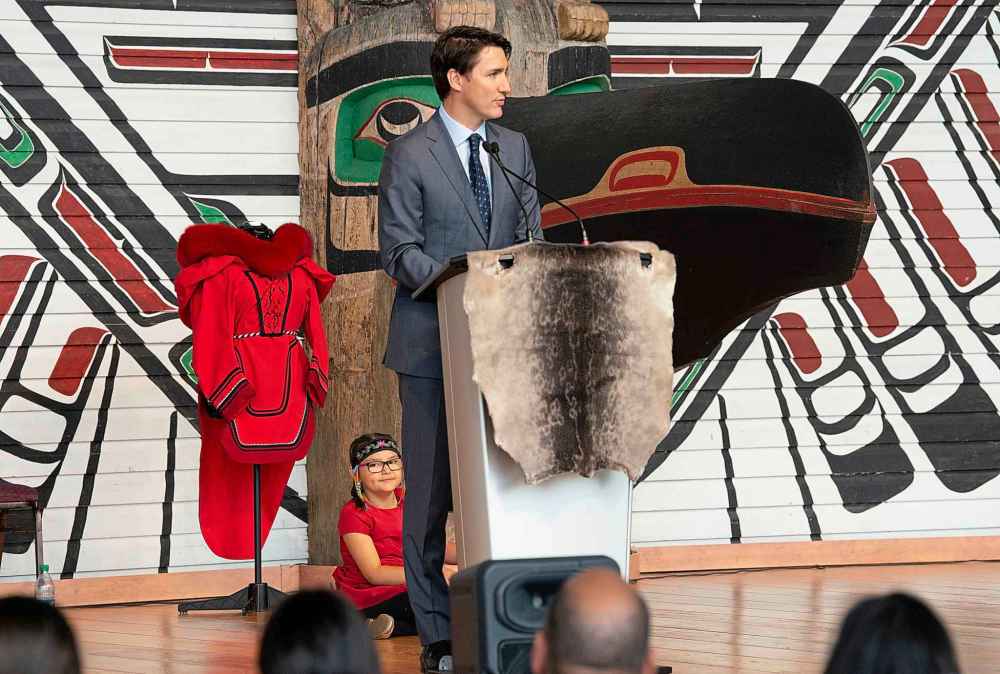
Speaking in the grand hall of the Canadian Museum of History, facing Parliament Hill across the Ottawa River, the inquiry’s chief commissioner, Marion Buller, said that nothing short of an absolute paradigm-shift is in order from all levels of government and public institutions to address the issue — one her commission labelled frankly as a genocide.
The tragedy, Buller said, is a direct result of a “persistent and deliberate pattern of systemic racial and gendered human and Indigenous rights violations and abuses, perpetuated historically and maintained today by the Canadian state.”
The term has instantly become a flashpoint, the subject of arguments over whether it denotes intentionality in the hundreds of killings and disappearances the inquiry examined, whether it’s fair if it does, whether the label matters.
For his part, Prime Minister Justin Trudeau stopped short of using the term — despite being directly asked to do so in a call from the crowd — when he spoke after accepting the report.
Instead, Trudeau said violence against Indigenous women and girls is “not a relic of Canada’s past,” but part of its present, and the justice system has failed them.
“Time and again, we have heard of their disappearance, violence, or even death being labelled low priority or ignored,” he said.
He received the report from the commissioners after they performed a traditional ceremony, including coating its pages with medicine.
In a speech later in Vancouver to a gender equality conference with numerous political leaders from around the world, Trudeau did use the term.
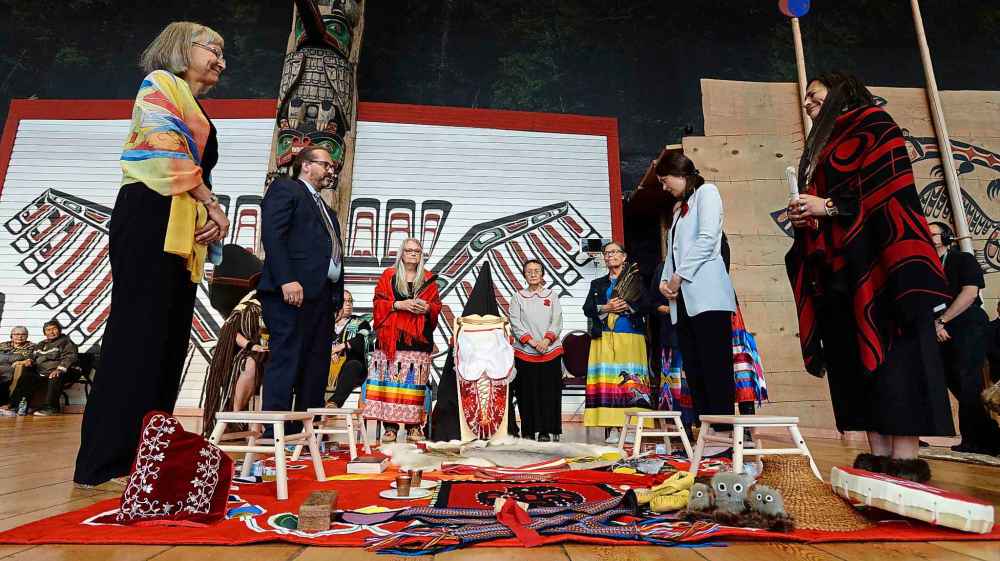
“Earlier this morning the national inquiry formally presented their final report in which they found that the tragic violence that Indigenous women and girls have experienced amounts to genocide.”
The inquiry report itself uses the term “genocide” dozens of times, starting in the first paragraph of Buller’s preface: “This report is about deliberate race, identity and gender-based genocide,” she wrote.
After Monday’s ceremony, Buller said the commission does not need to hear the word “genocide” out of Trudeau’s mouth; it heard the truth from families and survivors. That Indigenous women and girls have been victims of genocide was an “inescapable conclusion” for the commission, she said.
When asked if she agreed with the use of the term, Crown-Indigenous Relations Minister Carolyn Bennett said the Liberal government accepts the findings of the commissioners, adding it has heard for a long time that “racism and sexism kills.”
The federal government will leave the discussion of the use of the term “genocide” to academics and experts, said Justice Minister David Lametti. He said the government has a responsibility to the families and survivors to fix the problem.
Conservative Indigenous-affairs critic Cathy McLeod said the discussion around the term was a distraction from the value of the report’s findings and would not say whether she agreed with the use of the word.
NDP Leader Jagmeet Singh said he thinks genocide is an accurate word to use for what he calls “a complete system failure” for Indigenous women and girls.
Monday, Buller told the crowd she and her three fellow commissioners are holding up a mirror to the country, reflecting what they heard from more than 2,300 people over two years of cross-country public hearings and work to gather evidence.
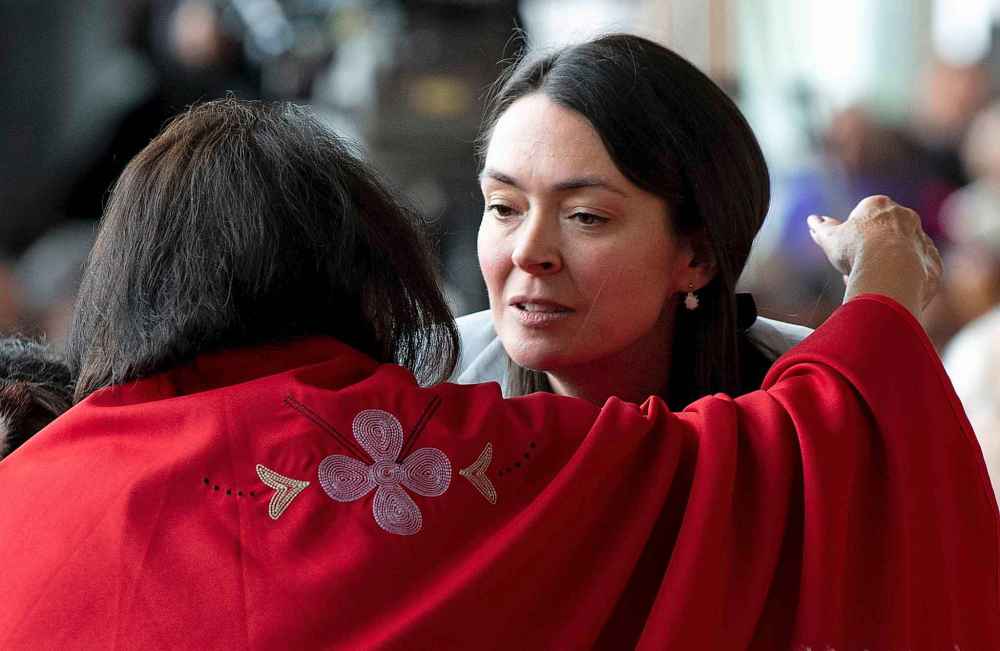
Commissioner Qajaq Robinson said the inquiry tested her to her core as a non-Indigenous person, struggling to come to terms with her “role in Canada’s genocide.”
“Shame, guilt, denial, that urge to say, ‘No, no, no, that’s not what this is,’ ” she said. “But it’s the truth. It’s our truth. It’s my truth, it’s your truth. The families, survivors, and Indigenous peoples across this country have brought this truth to light.”
(Robinson was born and raised in Nunavut, speaks Inuktitut and practises Aboriginal law, but her appointment as a member of a commission that had no Inuk member was questioned when the inquiry began.)
The report’s 231 recommendations — framed as “calls for justice” — include developing an effective response to human-trafficking cases and sexual exploitation and violence, including in the sex industry.
These moves are not optional, but constitute legal imperatives, the report says.
Additional calls include establishing a national Indigenous- and human-rights ombudsperson and a national Indigenous- and human-rights tribunal.
The report also focuses on a call for people in the justice system and in police services to acknowledge that the historical and current relationship with Indigenous women, girls, and two-spirit people has been largely defined by colonialism, racism, bias and discrimination.
Missing and murdered Indigenous women are believed to number in the thousands in Canada, but the report says that despite the commission’s best efforts to quantify the extent of the tragedy, “no one knows an exact number.”
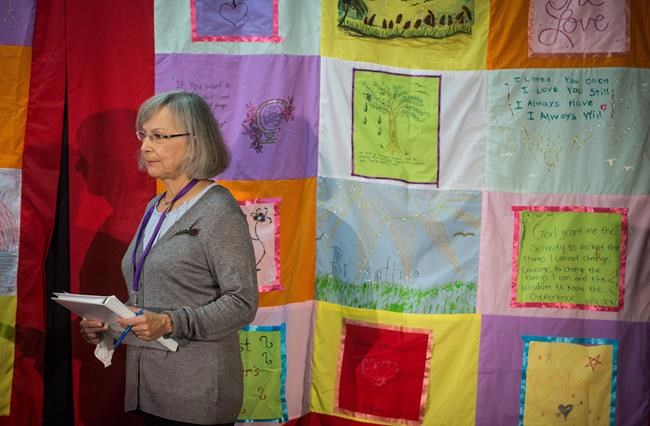
In 2005, the Native Women’s Association of Canada created a database tracking cases and produced a 2010 report documenting 582 missing and murdered Indigenous women. In 2014, the RCMP released a national overview and pegged the number of cases between 1980 and 2012 at nearly 1,200. Other unverified estimates are far higher.
Evelyne Youngchief, a survivor of violence who works on the front lines on the Downtown Eastside of Vancouver, said Monday the report may offer closure to some, but not her.
More and more Indigenous women continue to go missing and be murdered, she said.
“It’s going to keep happening,” she said. “It’s not going to end any time soon. When are they going to stop murdering and taking our women?”
—Follow @kkirkup on Twitter
History
Updated on Monday, June 3, 2019 3:33 PM CDT: Photos changed.





